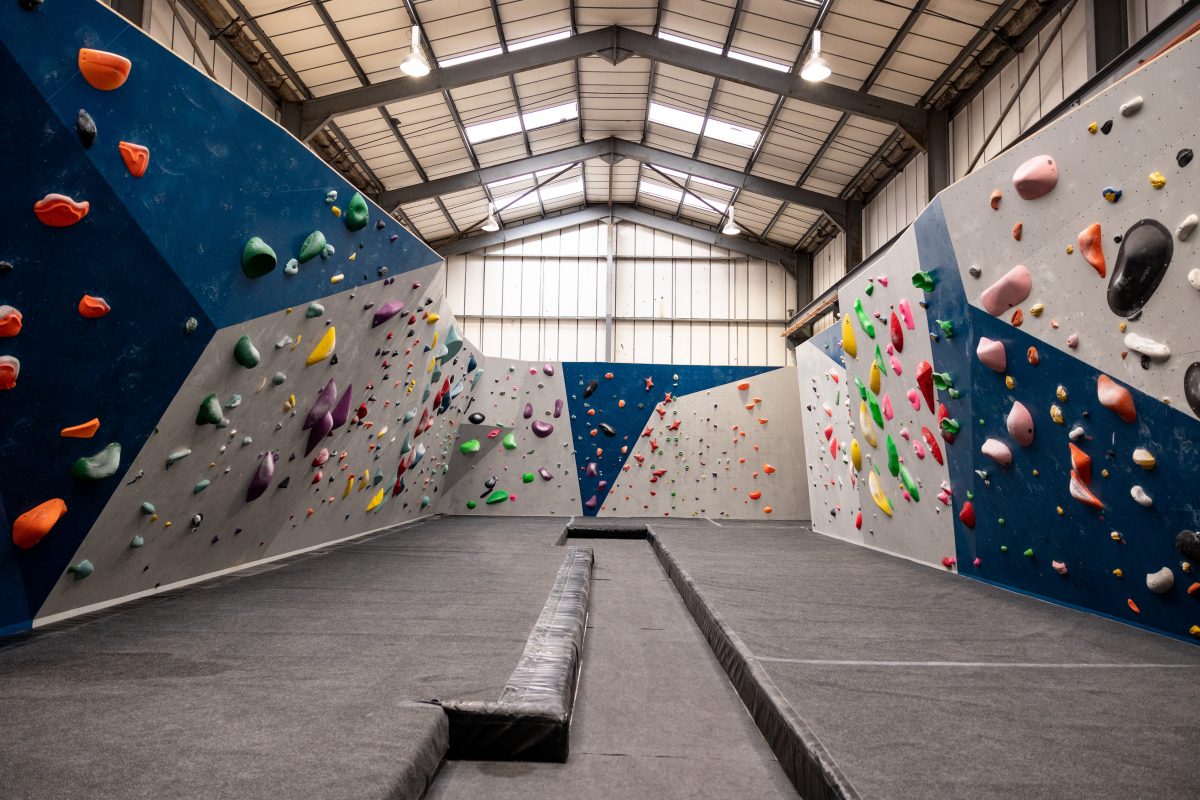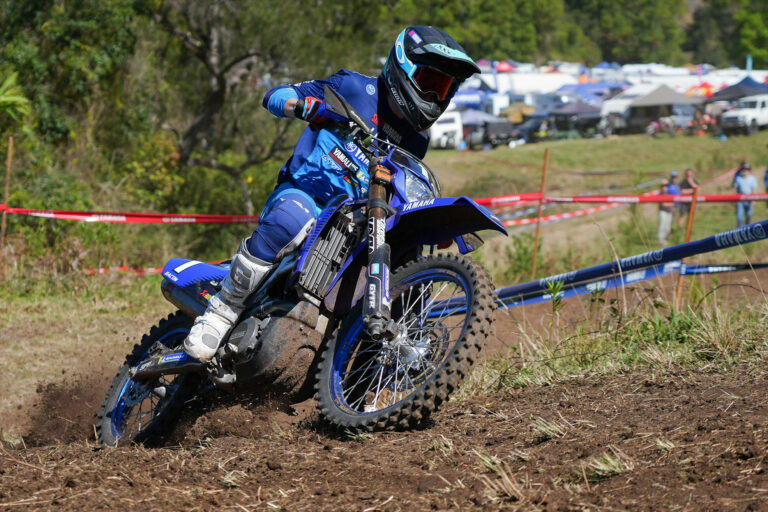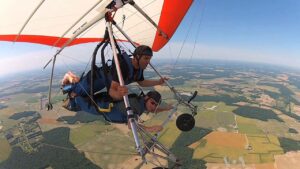Are you looking for a thrilling new way to challenge both your mind and body? Rock climbing might be the perfect adventure for you. As an exciting sport that combines physical strength, mental strategy, and a deep connection with nature, rock climbing has been gaining popularity worldwide. Whether you’re scaling indoor walls or conquering outdoor cliffs, the benefits of rock climbing are immense, from improved fitness and problem-solving skills to a profound sense of achievement. In this blog post, we’ll explore the basics of rock climbing, delve into the physical and mental benefits it offers, and provide tips for beginners looking to embark on their climbing journey. By the end, you’ll understand why rock climbing is more than just a sport—it’s a lifestyle that fosters resilience, community, and personal growth.
Understanding the Rock Over Technique
Rock over is an essential climbing maneuver that enables climbers to shift their weight efficiently, transitioning from one foothold to another. It requires a combination of balance, strength, and technique, making it crucial for tackling challenging routes. This skill involves moving your center of gravity over a foothold, allowing you to stand up and reach the next handhold or foothold.
Key Components of a Successful Rock Over
Balance
Maintaining equilibrium is vital during a rock over. A well-balanced position ensures that you can control your movements and avoid unnecessary strain. Focus on distributing your weight evenly between your hands and feet.
Footwork
Precise foot placement is crucial. Use the inside edge of your shoe to push off, leveraging your legs to drive the motion. Ensure your foot is firmly planted on the foothold to prevent slipping.
Core Engagement
A strong core stabilizes your body, allowing for smoother transitions. Engage your abdominal muscles to maintain control and prevent tipping backward.
Flexibility
Flexibility in your hips and legs facilitates a more extensive range of motion, making it easier to shift your weight over your foot. Regular stretching can enhance your flexibility, improving your rock over technique.
Step-by-Step Guide to Executing a Rock Over
Step 1: Position Your Feet
Identify a stable foothold and place the inside edge of your climbing shoe on it. Your foot should be parallel to the wall, providing maximum contact and grip.
Step 2: Shift Your Weight
Begin transferring your weight over the foothold. Lean your hips towards the wall, aligning your center of gravity with your foot. This alignment is crucial for maintaining balance.
Step 3: Engage Your Core
Tighten your core muscles to stabilize your body. This engagement prevents you from leaning too far back or forward, maintaining a steady position.
Step 4: Push with Your Leg
Use your leg to push off the foothold, extending your knee and driving your body upward. This motion propels you into a standing position.
Step 5: Reach for the Next Hold
As you stand up, extend your arm to grasp the next handhold. Keep your movements controlled to prevent overreaching or losing balance.
Common Mistakes and How to Avoid Them
Rushing the Movement
Climbers often rush through the rock over, leading to instability. Take your time to ensure each step is deliberate and controlled.
Neglecting Core Engagement
Failing to engage the core can result in a loss of balance. Focus on tightening your abdominal muscles throughout the maneuver.
Poor Foot Placement
Improper foot positioning reduces stability. Ensure your foot is securely placed on the foothold, using the inside edge for maximum grip.
Overextending the Reach
Reaching too far can compromise balance. Keep your movements within a comfortable range to maintain control.
Training Exercises to Improve Rock Over Skills
Balance Drills
Practice balance exercises such as standing on one leg or using a balance board. These drills enhance stability and body awareness.
Core Strengthening
Incorporate core exercises like planks, Russian twists, and leg raises into your routine. A strong core supports better control during rock overs.
Flexibility Routines
Regular stretching, particularly in the hips and legs, improves flexibility. Include yoga or dynamic stretching to enhance your range of motion.
Footwork Practice
Work on precise foot placement by traversing a climbing wall. Focus on using the inside edge of your shoes and maintaining balance.
Advanced Techniques for Rock Over Mastery
Dynamic Rock Overs
Once comfortable with static rock overs, incorporate dynamic movements. This involves a quicker transition, requiring precise timing and coordination.
High-Step Rock Overs
Practice high-step rock overs by placing your foot on a higher hold. This technique demands greater flexibility and strength, expanding your climbing repertoire.
Heel Hook Integration
Combine rock overs with heel hooks for more complex maneuvers. This integration provides additional leverage and stability on challenging routes.
Practical Tips for On-the-Wall Application
Visualize the Movement
Before executing a rock over, visualize the sequence of movements. Mentally rehearsing the technique enhances focus and confidence.
Stay Relaxed
Tension can hinder performance. Stay relaxed and breathe steadily to maintain composure during challenging sections.
Use Momentum Wisely
Incorporate momentum to aid the transition, but avoid over-reliance. Controlled movements ensure precision and balance.
Adapt to the Route
Each climbing route presents unique challenges. Adapt your rock over technique to suit the specific demands of the climb.
Conclusion
Mastering the art of rock over in climbing requires dedication, practice, and a focus on technique. By understanding the key components, avoiding common mistakes, and incorporating targeted training exercises, climbers can enhance their skills and tackle more challenging routes with confidence. Remember, the journey to proficiency is gradual, so be patient and persistent in your practice.








